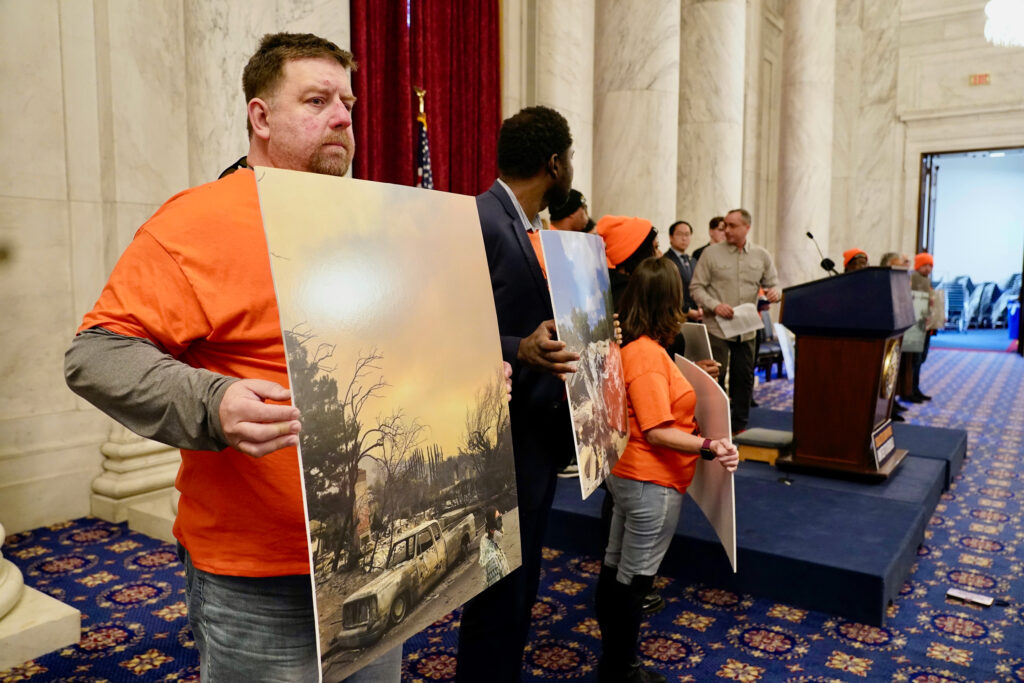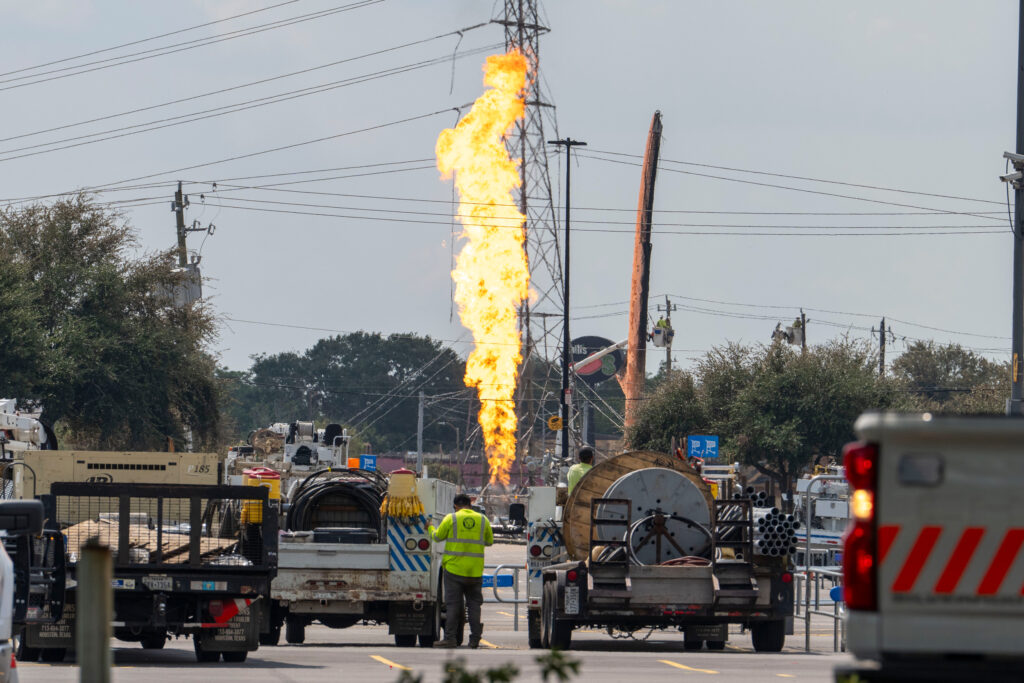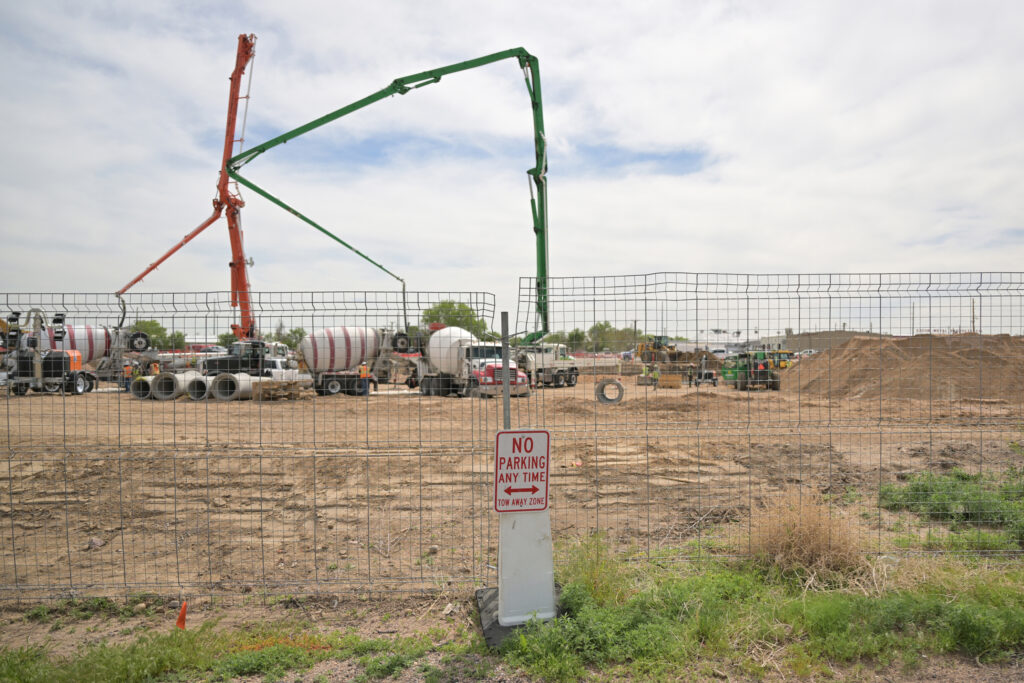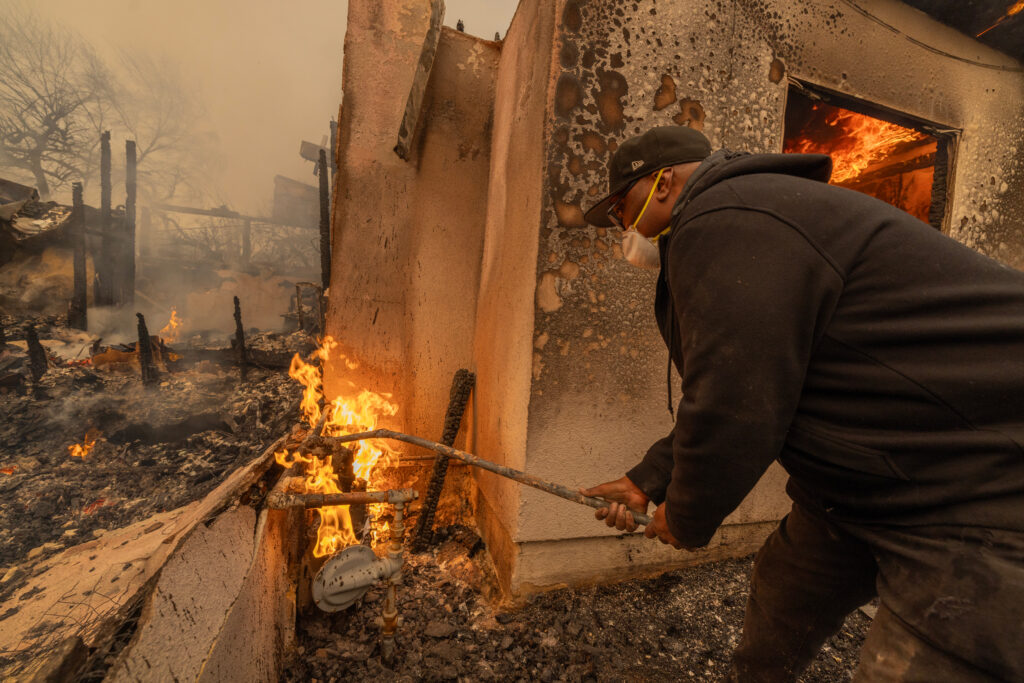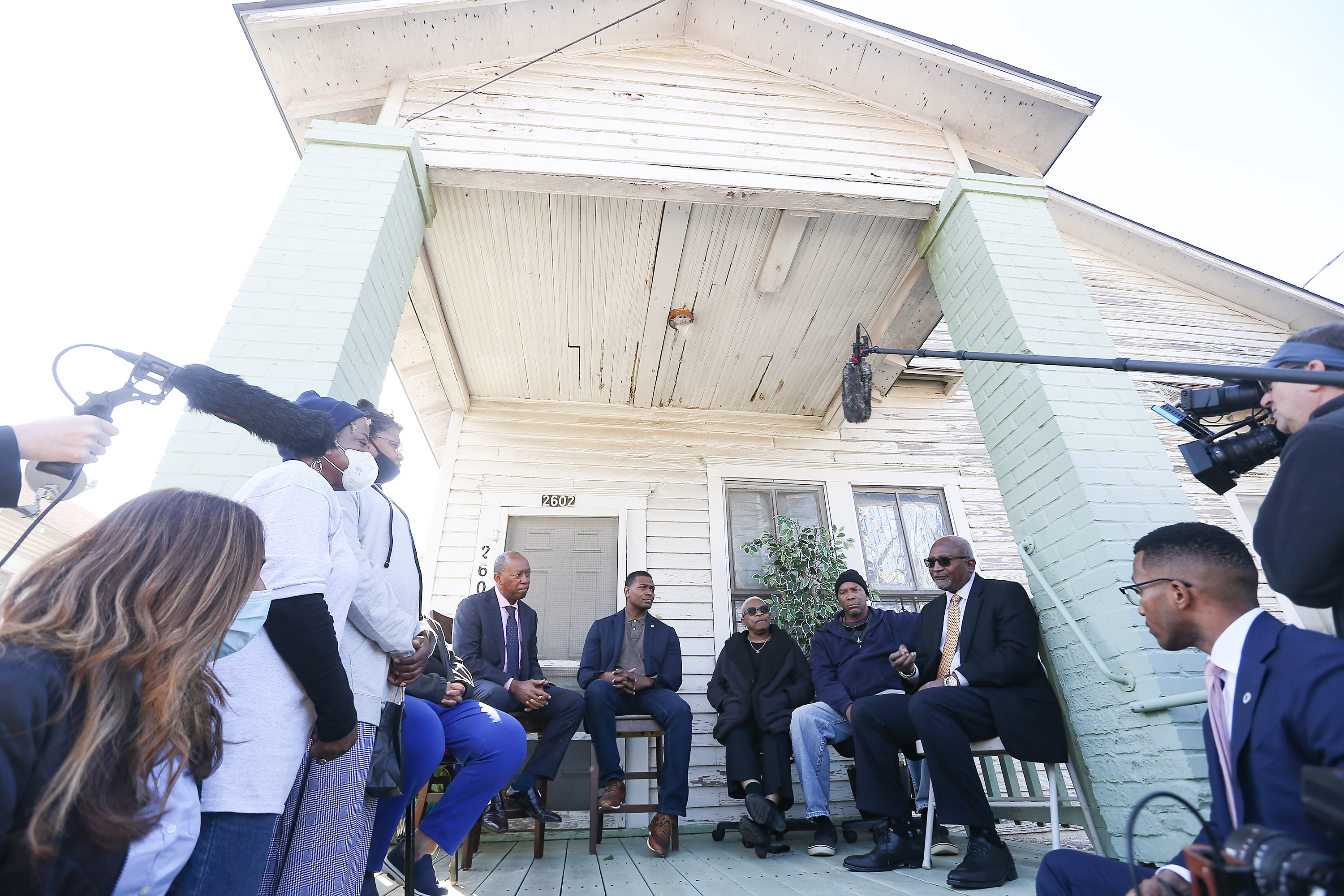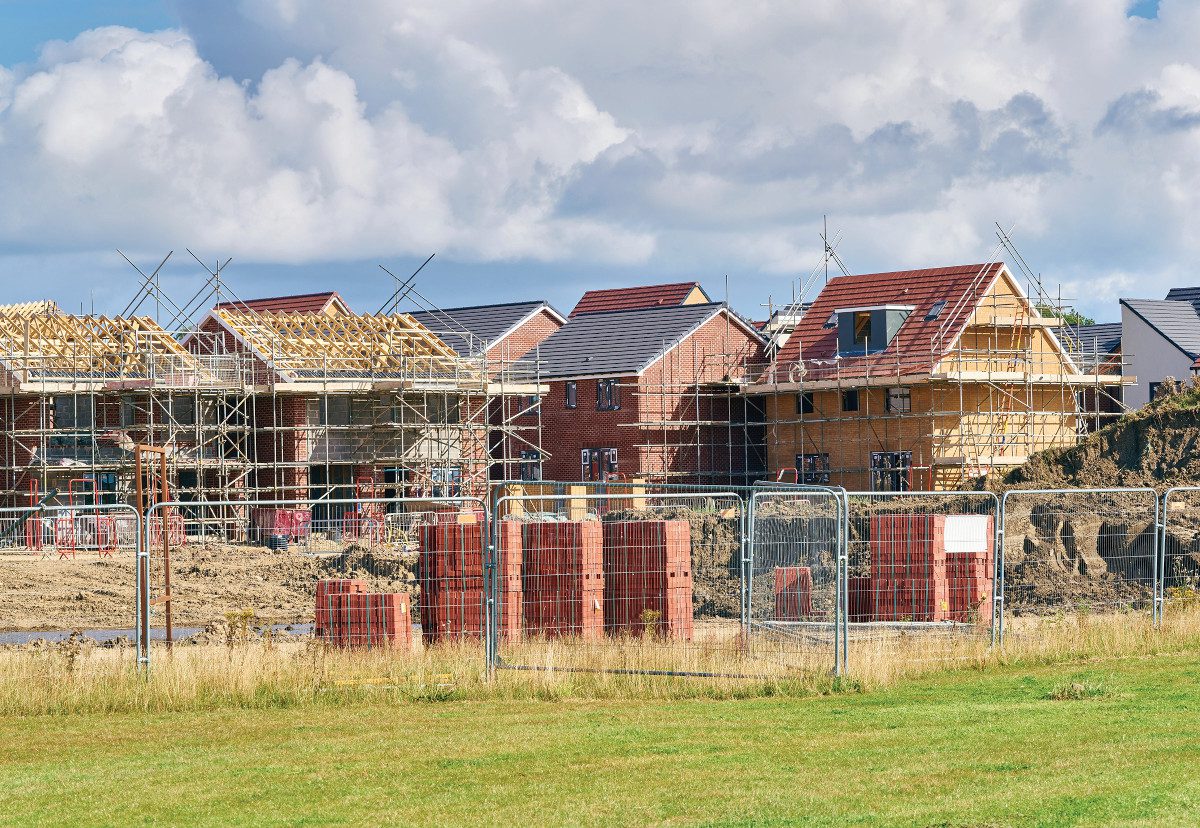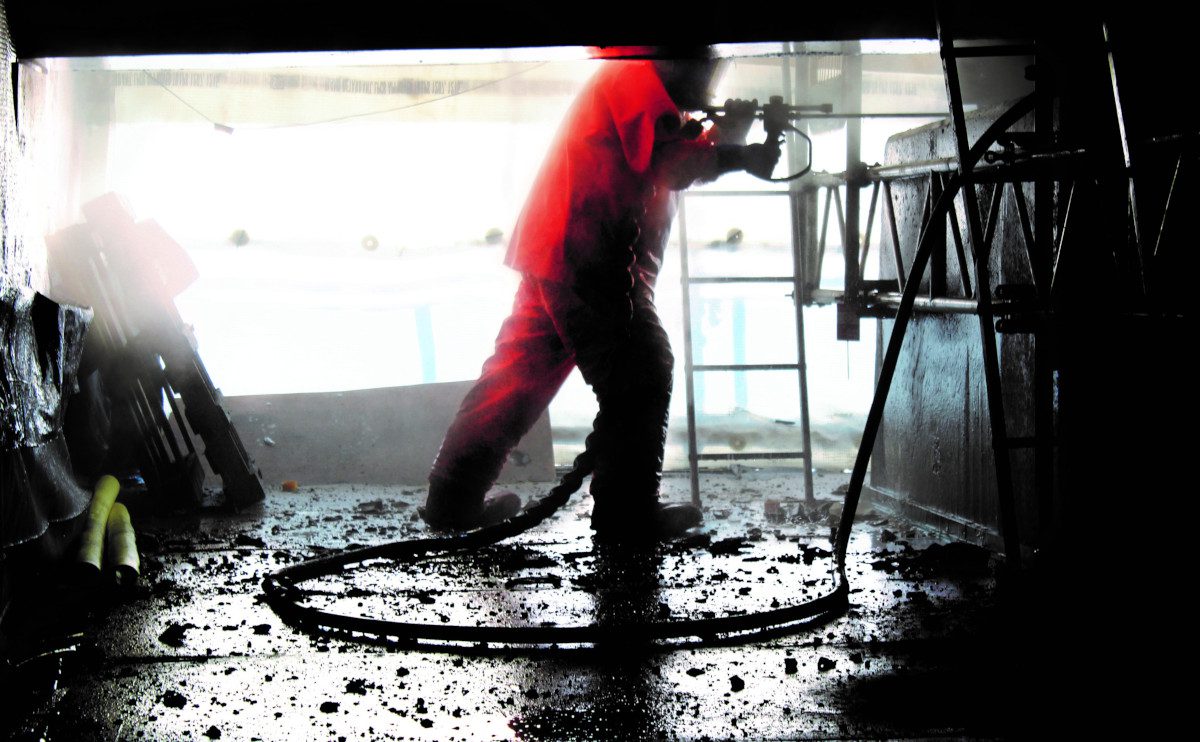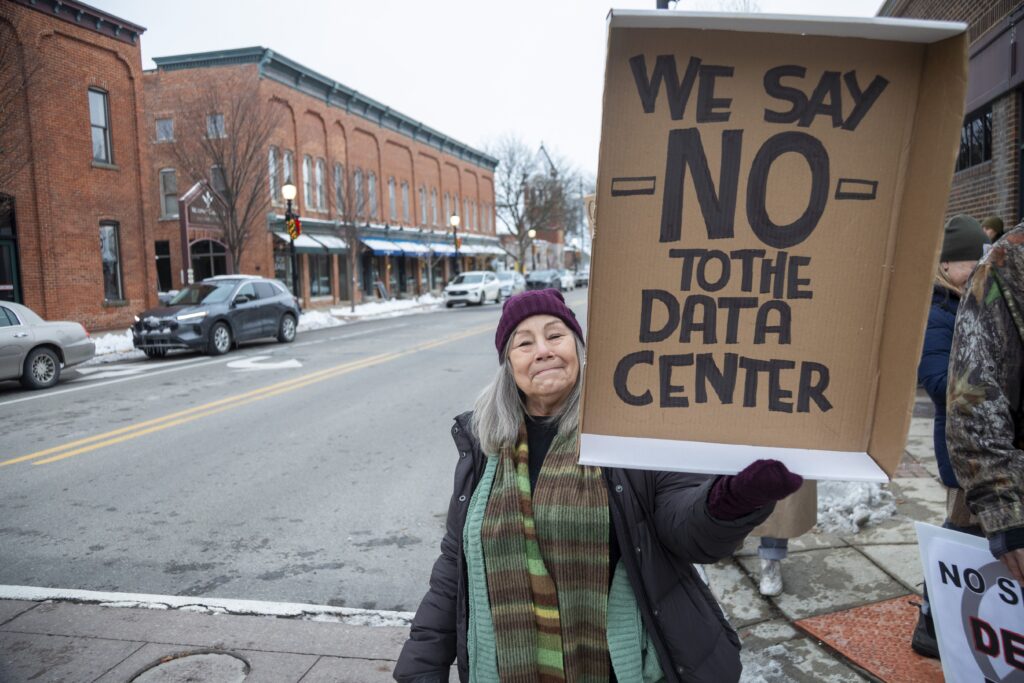RESERVE, La.—For Robert Taylor, it should have been a moment of celebration. For 60 years, he has watched with apprehension as the curved and winding pipes of the nation’s only chloroprene rubber plant discharged plumes of exhaust over this stretch of the Louisiana bayou long known as “Cancer Alley.”
The nickname is regrettably apt: Environmental officials say Taylor and his neighbors collectively face the greatest cancer risk from air pollution in the country—roughly 50 times the national average in the census tract closest to the plant—and he says that he has watched far too many friends suffer and die from the disease.
Last month the Environmental Protection Administration announced new rules to protect the public from the emissions of such toxic chemicals as ethylene oxide and chloroprene at roughly 200 industrial plants across the nation. Officials estimate that the changes would reduce the cancer risks in communities like Reserve by as much as 96 percent.
We’re hiring!
Please take a look at the new openings in our newsroom.
See jobs
“I have hope,” said Taylor, 83, as he stood outside his home about a mile from the rubber plant on a sunny Monday afternoon last month, adding that he was confident the moves would “get us some results here.”
But Taylor’s optimism may be short-lived because of a new legal challenge to the efforts by federal officials to remedy environmental harms that can be traced to systemic racism.
Those who live in “Cancer Alley,” which stretches from Baton Rouge to New Orleans, have long felt ignored—and with good reason. In addition to years of inaction by federal officials, the EPA dropped an investigation last year into the potential violation of the civil rights of residents here. In the five counties, or parishes as they are known here, the average Black population is 40 percent.
Although the EPA never offered an explanation for why it dropped the civil rights investigation, all signs point to a stiff legal challenge last year from Louisiana’s attorney general, who filed suit against the agency. That effort was bolstered by a federal court ruling earlier this year that has called into question the validity of a number of similar civil rights probes across the country.
Still, local residents remain bewildered by the seemingly contradictory moves by the agency, trying to reconcile the new emissions rules with the dropped investigation. And environmental justice advocates at the national level are concerned that the EPA’s about face on civil rights investigations may have a chilling effect on efforts to address racial inequity, especially now, given the latest development.

Two weeks ago, Republican attorneys general from 23 states demanded the EPA stop using a portion of the nation’s civil rights codes to compel states to rectify adverse environmental conditions such as air pollution that studies show disproportionately affect people of color.
At issue is the so-called “disparate impact” provision of Title VI of the Civil Rights Act of 1964, which prohibits racial discrimination by entities that receive federal funding. The disparate impact provision, which assesses the effects of discrimination regardless of intent, has been used as a framework for the EPA to argue that state policies that exacerbate environmental harms in communities of color constitute a civil rights violation.
In a letter to the EPA dated April 16, exactly a week after the agency’s announcement of the new emissions rules, the attorneys general argued that the disparate impact standard violates the equal protection clause of the U.S. Constitution.
“In practice, ‘environmental justice’ asks the states to engage in racial engineering in deciding whether to, for example, issue environmental permits, rather than relying on the effect on the environment and other appropriate factors,” read the letter, which was written by Florida Attorney General Ashley Moody, and signed by her counterparts in 22 other states, including Texas, Georgia and North Carolina.
Moody cited the U.S. Supreme Court’s ruling last year in a case that struck down the use of affirmative action in college admissions, which found that Harvard University’s admissions policies infringed upon Title VI and the equal protection clause.
“If that constitutional edict is to mean anything,” the attorneys general said of the ruling in the affirmative action case, “it must mean that the federal government cannot by executive fiat compel states to discriminate against their own citizens.”
A spokeswoman for the EPA said the agency is aware of the letter and “because this matter relates to pending litigation, EPA has no further information to add.”
Environmental justice advocates denounced the letter as an attempt to shirk their responsibility to ensure that communities of color are treated fairly.
“It’s just another attack on one of the most important civil rights, environmental justice tools under Title VI of the Civil Rights Act,” said Debbie Chizewer, a managing attorney with the advocacy group Earthjustice. “It’s not a coincidence that the states who signed onto this petition have problematic records of allowing industrial activity to harm low-income communities of color. And now, instead of honoring their obligation under this statute, they’re trying to undermine it.”
Lisa Jordan, director of the Environmental Law Clinic at Tulane University, said she believes the effort by the attorneys general may discourage future civil rights investigations by the EPA. She said Louisiana Attorney General Liz Murrill separately asked a federal judge on April 23 to invalidate the disparate impact provision, which could have a cascading effect nationwide.
Murrill’s motion echoed an argument made last year by her predecessor, Jeff Landry, who in November was elected as the state’s governor. Landry filed suit in June asking a court to eliminate the “disparate impact” standard. Soon after, the EPA dropped the investigation in Cancer Alley.
In June, U.S. District Judge James D. Cain issued a preliminary injunction in the case that barred the EPA from using the disparate impact standard while Landy’s suit made its way through the courts.
After the Cain ruling, the EPA’s Office of External Civil Rights Compliance posted a disclaimer on its website that read: “Pursuant to a preliminary injunction issued by the U.S. District Court for the Western District of Louisiana on January 23, 2024, EPA will not impose or enforce any disparate-impact or cumulative-impact-analysis requirements under Title VI against the State of Louisiana or its state agencies.”
The effects of the Landry suit are already being felt. In January, the EPA announced it was closing a civil rights investigation into whether the Texas Commission on Environment Quality discriminated against Black and Latinx residents with its permitting rules for concrete plants in the Houston area.
Previously, in August 2023, the agency announced it was dropping an investigation into unsafe drinking water in Flint, Michigan, because it had “resolved” a complaint against the Michigan Department of Environment, Great Lakes, and Energy. Activists criticized the move, saying the resolution would not result in significant change.
In Reserve, which is predominantly Black, African American residents like Taylor—despite their well-documented exposure to harmful chemicals—have long felt ignored by environmental officials. Taylor and his neighbors saw the Republican effort to eviscerate the “disparate impact” provision as yet another assault on their rights, and, potentially, their health.
Robert Taylor’s car, donated by a fellow climate activist, features hand-painted flowers and windmills on the hood with “New Orleans 2030?” on the doors. Credit: Lee Hedgepeth/Inside Climate News
“Our government has been set up since slavery to make sure that we die,” said Taylor’s daughter, Tisha, 60. “That we are at the bottom and we’re treated the same as if we were slaves. And they created these laws, they designated us a sacrifice zone. Whoever can leave can leave. And however you leave, you leave. But you’re destined to die here.”
The younger Taylor, who works with her father in a local advocacy group called Concerned Citizens of St. John, named for the parish in which they live, said her pessimism is also driven by the EPA’s abrupt decision last year to suspend its civil rights investigation into the pollution levels in the region after the state’s governor sued the agency. The closure of the investigation, she said, was like a “punch in the gut.”
“We were very disappointed that they dropped it,” she said of the EPA’s civil rights investigation. “Still don’t understand it.”
She noted that in the antebellum years, this part of Louisiana was defined by its plantations. After Emancipation and the end of the Civil War, the region began a slide to industrialization.
“Slavery ended and the plantations started falling apart and they decided that they were just gonna industrialize the whole area,” she said. “And with them doing their industrialization, they decided that whoever was there was just OK to die. And why not? Sharecroppers families were buying the properties. We had first opportunities to actually own something, tracts of land that our ancestors worked on. And so it was a privilege and an honor to buy the property along the river.
“White people started moving out because they understood,” she said. “They knew ahead of time that they were going to be industrializing the place. And so they sold to us, and then they decided to zone everything industrial and put in these industries. Wherever there was a plantation became a plant.”


The rubber plant near the Taylor home, which was built in the 1960s by DuPont but is now owned by the Japanese firm Denka, sits on the banks of the Mississippi River, which takes a sharp bend southward here as it streams toward New Orleans.
Eighty-five-year-old Mary Hampton has lived near the plant since she was four. She is African American and said her father purchased an estate from a white man who was ready to leave—so much so that the owner allowed him to pay about $30 a week for the $6,000 he owed for the property. And then “they put the plants right on top of us.”
Her father later gave a plot of land to each of his nine children and died of cancer.
“My brother died with cancer and he lived next door to my dad. My brother’s wife died with cancer and she lived next to my dad,” said Hampton, who is a member of Boundless Community Action, an advocacy group in the area. “OK, on the other side of me, my brother died of cancer. My brother lives next to him and he has cancer right now. That’s just my immediate family.”
Hampton, who has kidney issues, said she used to work at a nearby petrochemical plant for almost two decades. She said her firsthand knowledge of chemicals and lived experience as a plant worker is the reason why she was so excited when she first heard in 2022 that the EPA had begun a civil rights investigation that alleged racial discrimination and noncompliance by the state.
By May 2023, the EPA and Louisiana environmental regulators had even begun negotiations on an agreement that would have fundamentally changed the state’s air pollution permitting process based on a long-established civil rights principle—“disparate impact,” the same provision now being targeted by the Republican attorneys general.
Then the investigation was abruptly closed in June 2023, without explanation.
It took another 10 months before the EPA finally announced, late in April, its new rule limiting emissions of chemicals like ethylene oxide and chloroprene at plants all over the country, and here in “Cancer Alley.”
“A rule making is something that we’ve been wanting for a long time, but the problem is right now we have to see where it is going to go,” said Hampton. “I was disappointed in what happened, so hopefully the rulemaking will fall in place. But what we have with our Louisiana government right now, I don’t know if it’s going to progress. So it’s a wait and see with me right now. I don’t know if it’s going to go forward.”
Local advocates worry about the children in the area. When EPA Administrator Michael Regan visited St. John the Baptist Parish and met with residents in 2022, he made a stop at an elementary school that sits next to the rubber plant. Taylor said the 500 children who are bused to the school from all over the parish are exposed to chloroprene particulates more than 400 to 700 times the EPA’s recommended maximum annual average for emissions.
Hampton said she believes that if the civil rights investigation had moved forward, it would have been difficult for the courts to deny claims for communities around the country that are similarly affected.
“If we won, everybody would have won,” she said. “So hopefully with the rulemaking, it’s going to affect everybody and hopefully it can go forward. And we all could live in peace and live healthy. The plants could be here and we could be here also, instead of us having to get them out of our communities. They could operate safely and we could live safely.”
This story is funded by readers like you.
Our nonprofit newsroom provides award-winning climate coverage free of charge and advertising. We rely on donations from readers like you to keep going. Please donate now to support our work.
Donate Now
Many in the environmental advocacy community lauded the new rules. “This is something that, we, as environmental justice advocates and organizers, have been calling attention to for many years, and I’m encouraged to see that the EPA is paying attention in this moment,” said Ebony Twilley Martin, executive director of the environmental activist group Greenpeace.
Twilley Martin said that she was struck by the EPA’s acknowledgement of the role of racial disparities with regard to chemical exposures.
“The number one predictor of pollution in an area is race,” Twilley Martin said. “And unfortunately, in this country, Black and brown people have been disproportionately impacted by environmental pollution. We have an entire demographic of people who bear the brunt and the burden of these facilities producing these chemicals that ultimately cause harm to our bodies.”


Taylor has witnessed that harm up close. His home and the other parishes that sit along the Mississippi River house roughly 200 petrochemical plants forming a hazardous, 85-mile long crescent in “Cancer Alley.”
That name, Taylor said, is, unfortunately, well-earned. Standing outside his mobile home, he gestured at the low-slung houses and squat bungalows that seemed to radiate outward from the rubber plant’s fence like the ripples in a pond.
“All around us, there’s not a home you can go into here that hasn’t suffered from cancer,” Taylor said. “Deaths, people still fighting, some who survive. And I understand now why they call us “Cancer Alley.’ ”




